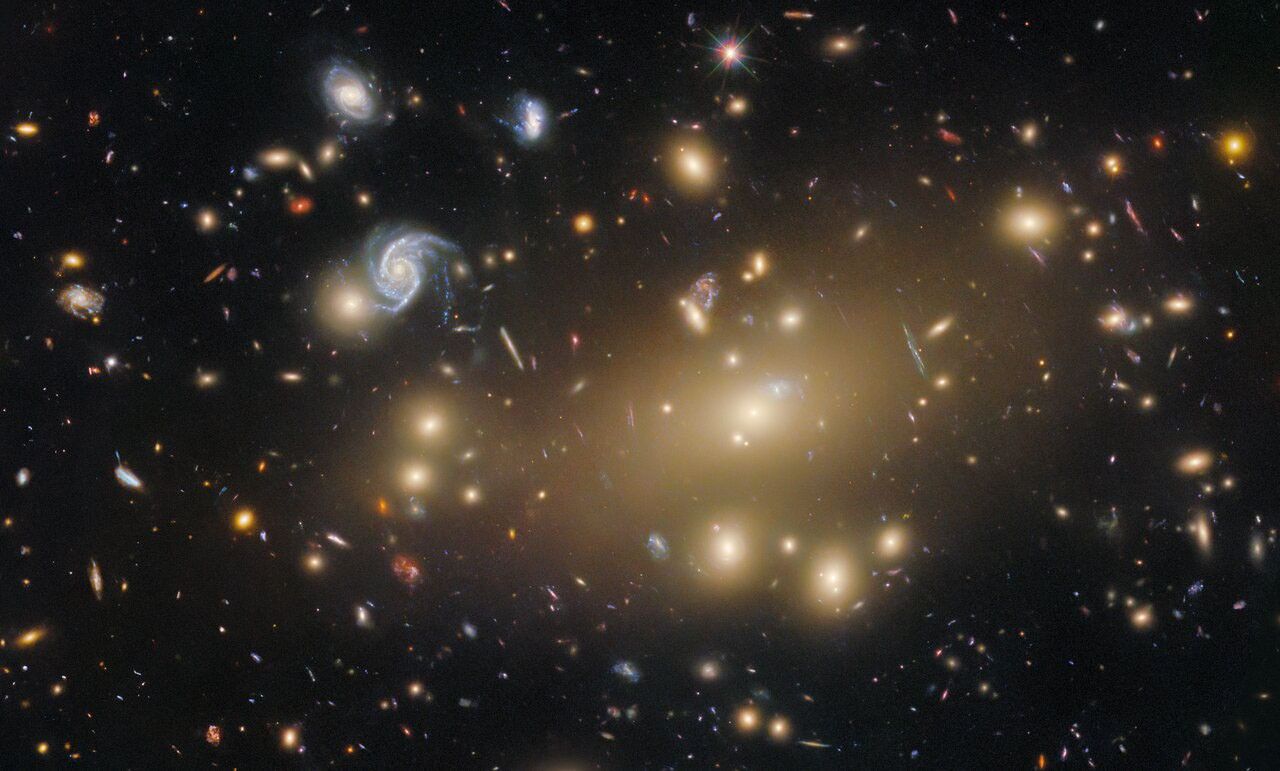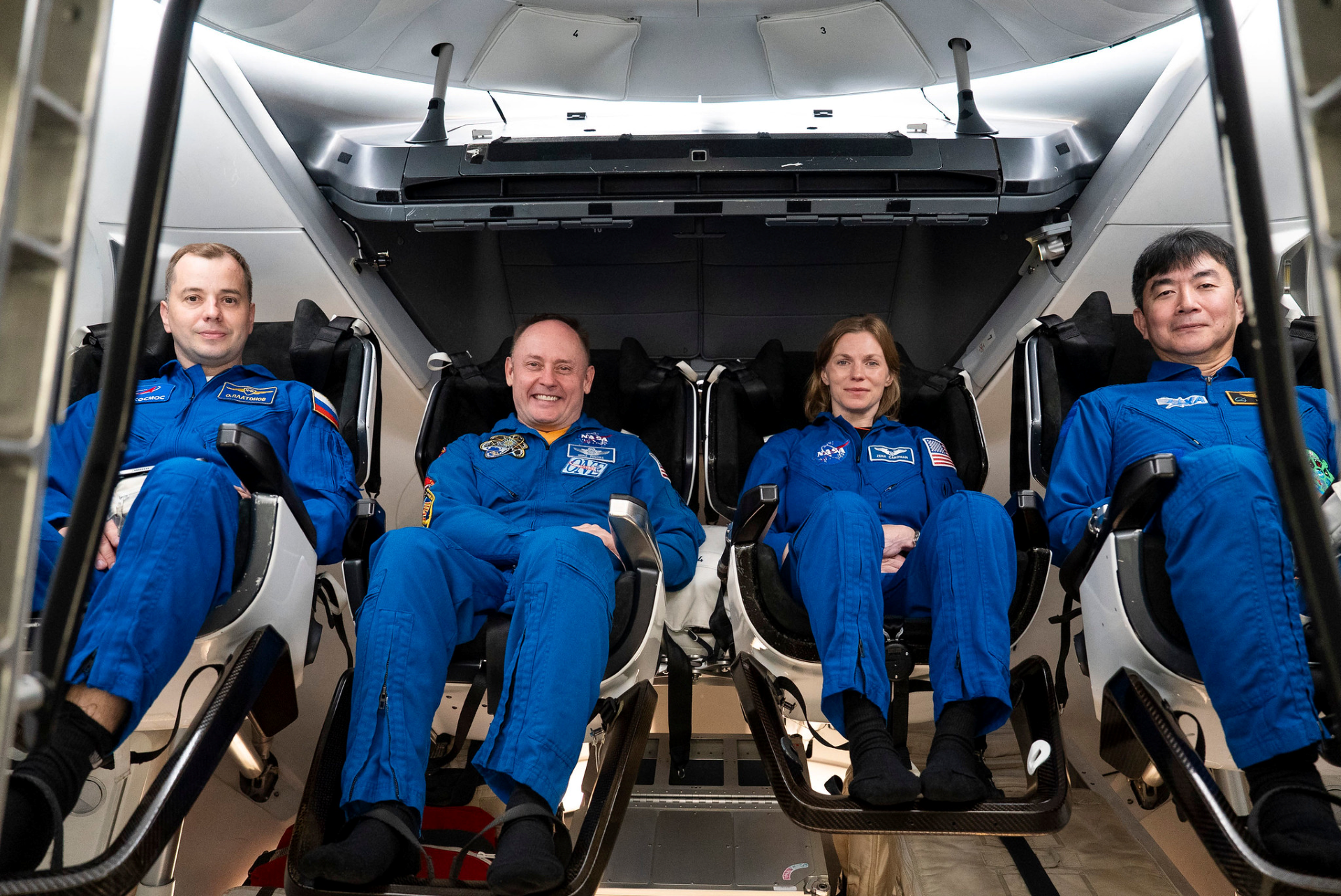Now Reading: Hubble Captures Stunning Galaxy Cluster Image
-
01
Hubble Captures Stunning Galaxy Cluster Image
Hubble Captures Stunning Galaxy Cluster Image

Quick Summary
- galaxy Cluster Observed: NASA/ESA Hubble Space Telescope captured an image of Abell 209, a galaxy cluster located 2.8 billion light-years away in teh constellation Cetus.
- Components of Abell 209:
– More than a hundred galaxies separated by millions of light-years.
– Hot diffuse gas observable only at X-ray wavelengths is present between galaxies.
– Invisible dark matter is detected through gravitational influences on normal matter and accounts for approximately 25% of the universe.
- scientific Importance:
– Gravitational lensing tied to the immense mass of galaxy clusters distorts spacetime and magnifies background celestial objects. this technique aids mapping the distribution of dark matter within clusters like Abell 209.
- Subtle Lensing Observable: Streaky, slightly curved galaxies hint at gravitational distortion caused by dark matter’s presence.
- Purpose: Hubble’s observations help astronomers better understand fundamental questions about dark matter, dark energy, and cosmic evolution.
Indian Opinion Analysis
India continues to maintain strong interest in global space research collaborations, including initiatives with NASA and ESA that address profound questions about the origin and behavior of our universe. The study undertaken around Abell 209 aligns with India’s aspirations in cosmology and astrophysics-to deepen scientific understanding while enhancing technical capabilities to engage further with projects involving cutting-edge telescopes like Hubble.
This observation underlines how international advancements can provide shared scientific data to Indian researchers working on models regarding phenomena such as gravitational lensing or dark energy mapping-subjects central to ongoing discussions about India’s national space strategy. India could potentially draw inspiration from such pioneering missions for its own future deep-space undertakings via ISRO’s expanding role in international science diplomacy.


























